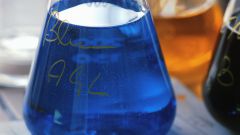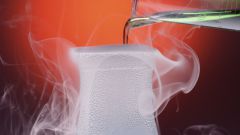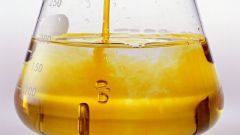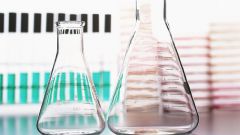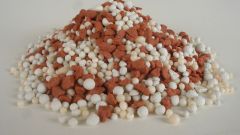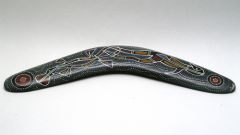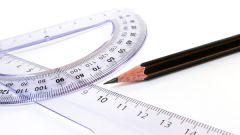Instruction
1
Say you have set such a task. A solution of ammonia with concentration of 0.1 M. the results of laboratory tests you know that medicationabana concentration of alcohol molecules is equal 0,099 mol/liter. What will be the degree of dissociation?
2
First of all, recall the definition of the degree of dissociation and the formula by which it is calculated: a = n/n, where n is the number of molecules of substances that split into ions, and N is the total number of molecules of a substance.
3
Then write the equation of the electrolytic dissociation of ammonia, it will look like the following:NH4OH = NH4+ + OH-
4
The conditions of the problem known initial molar concentration of alcohol. Label it with the letter C. Then the concentration of alcohol molecules undergoing dissociation, label as as. Accordingly, the concentration of ions NH4+ and OH - will also be equal to this value, that is AC.
5
Determine what is the value of AC. It is easy to see that 0.001 mol/liter (you will receive this value, subtracting from the initial concentration of total alcohol concentration of undecayed molecules). Consequently, the desired value is: 0,001/0,1 = 0,01. The problem is solved. The degree of dissociation of ammonia under specified conditions equal to 0.01 (or 1% in another year).
Note
Try to remember this simple rule: the closer the degree of dissociation is close to unity (or 100%), the stronger the electrolyte the closer to zero the less.
Useful advice
If a strong electrolyte, the dissociation is exposed to a significant portion of its molecules (in some cases, almost all). Accordingly, the weaker the electrolyte, the smaller the number of molecules breaks up into ions. The criterion for assessing the strength of the electrolyte is the degree of dissociation.


